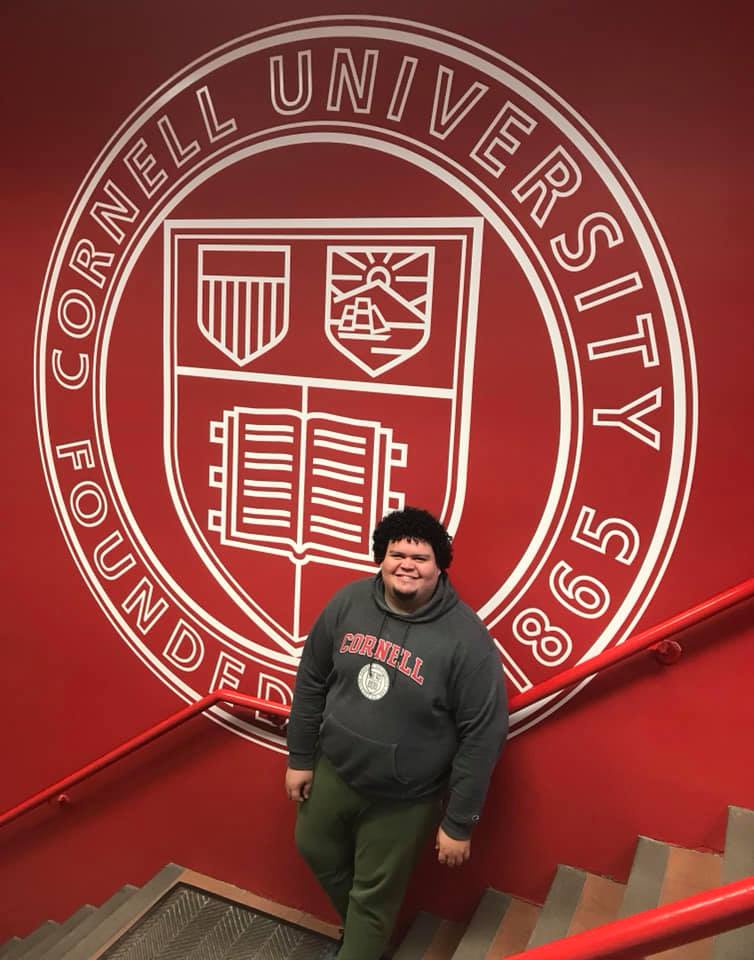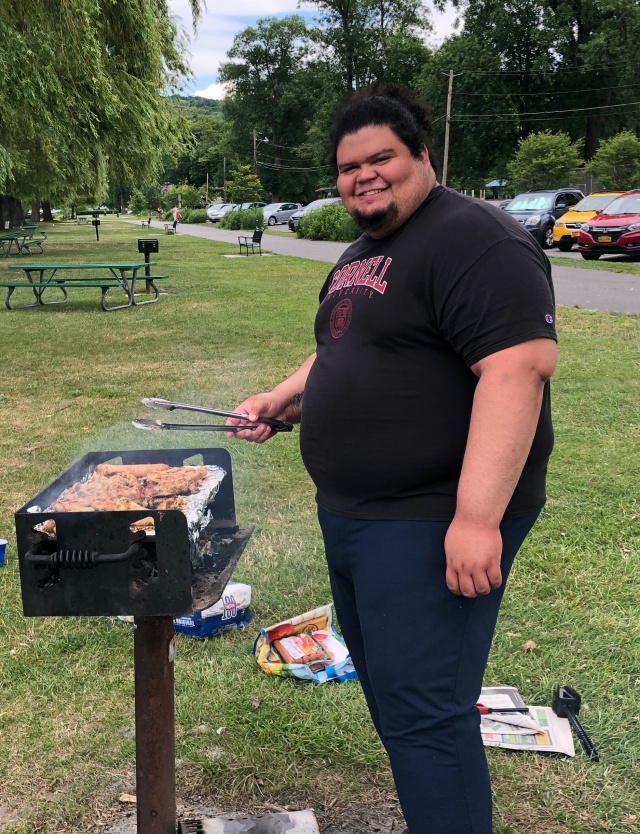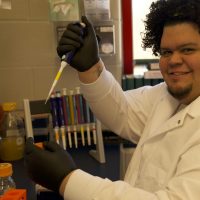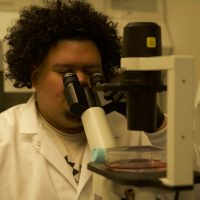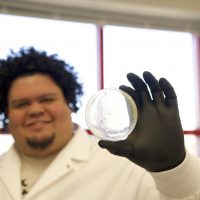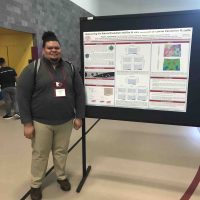Robert López-Astacio

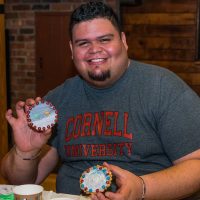
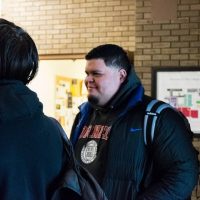

¡Hola! I was born and raised in Ponce, a beautiful town in the southern region of the enchanted island of Puerto Rico. I have been doing Science since I was a kid: mixing detergents, playing with fruit flies and looking to other’s behaviors, and finally presenting my intriguing results to the school, district and regional Science fairs. Although none of these works were peer-reviewed nor published, I certainly knew that Science was my passion and decided to enroll in the public college system in my hometown to continue exploring all the small secrets that makes life so mind-blowing. In college, I became the first generation of college students in my family and had the opportunity to continue making research, in a more realistic scenario: working with rat’s brains and viruses. I got trained as part of the NIH-RISE program in my college and traveled to USA to present my data to various research conferences. After earning my bachelor’s degree in biomedical sciences from University of Puerto Rico in Ponce and completing a one-year post-baccalaureate NIH-training at University of Rochester, I came to Cornell University College of Veterinary Medicine in 2017 to start my Ph.D. in Biomedical and Biological Sciences with a concentration in Immunology and Infectious Disease.
As part of the Parrish research group, I have been interested in understanding the evolutionary processes that control canine parvovirus adaptation and host range in nature by using very innovative in vitro approaches such as molecular engineering, deep sequencing, and cryo-EM (in collaboration with Susan Hafenstein’s lab at Penn State University). My work seeks to ask questions about the fitness of natural variants due to their interaction with different host-specific cell receptors (TfRs) and the interaction between neutralizing antibodies with the viral capsid. The ultimate goal of my research is to better understand these molecular processes to define micro-evolutionary patterns that might help us to either predict future pandemics or to design more effective treatments for infected dogs.
@LopezAstacio
